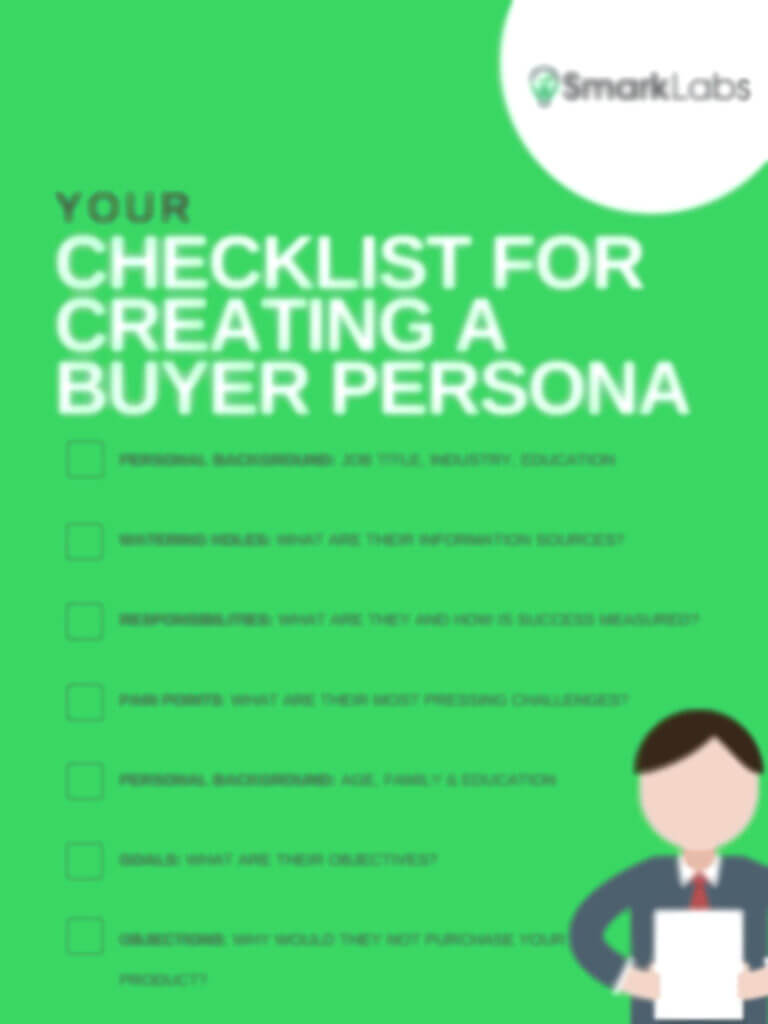When your company is launching a new product or service, or even just refreshing your brand messaging, you need to have a solid strategy backing you up. You might think, “well yeah, you shouldn’t unveil anything without having a strategy in mind.” However, “just a strategy” isn’t enough. What you need is a go-to-market strategy (GTM).
What’s a go-to-market strategy?
Your company’s go-to-market strategy is the plan to deliver your unique value proposition to customers, using both your inside and outside resources. While this might be easy to confuse with a marketing strategy, the most significant difference between the two is that a marketing strategy is for your brand. Your GTM strategy is unique to your latest launch and a subset of your overall marketing strategy.
The whys, whos, whens, and hows, are four significant differences that set your go-to-market strategy apart from your marketing strategy:
- Why: The purpose of your marketing strategy is to create an approach to achieving a competitive advantage. But your GTM strategy’s objective is to make sure a specific product launch reaches the right audience.
- Who: Typically, your B2B company’s marketing team works together on the brand’s marketing strategy. A smaller product marketing team usually runs GTMs.
- When: Though your marketing strategy is ongoing and continuously changing, it always includes marketing for your brand as a whole. A GTM strategy typically has a fixed timeline and is focused on a new aspect of the business.
- How: Communication is vital in both your marketing strategy and your go-to-market strategy. While your marketing strategy communicates the brand promise to your customers, your GTM is delivering the vision of the product. The brand itself takes more of a backseat.
Why a GTM strategy is necessary
Think back to your college days when you always seemed to have another paper due, alongside your other assignments. Chances are, you kept yourself organized by establishing an outline before diving into your paper. That’s a lot like working on your go-to-market strategy. You’re likely working on other marketing projects as well. Outlining your plan to stay on track is a great way to know what direction you’re headed in, ensuring you’re targeting the right people.
Establishing your go-to-market strategy
When building your GTM, you need to ask yourself a few essential questions beyond what new product you’re trying to promote. Getting clear-cut answers to these questions will help you target your marketing to the correct audience. It can also allow you to determine whether you’re on the right path. This is always good to know before you launch a full-on plan that may not even lead potential customers through the buying journey.
- Who are you selling to? Is your target audience the same as your overall marketing strategy? Or are you looking to promote to a small subset of your audience?
- What is your distribution strategy? How about the sources of marketing automation you’re going to use? What do you have experience with, and what will you try for the first time?
- What process will your sales team use? And how will this process be communicated to the marketing team?
- Will you also use indirect sales channels? If you choose to leverage partners, you need to understand and communicate why you made that choice.
Some other aspects to take into account are your industry competitors and similar products and services that are already available on the market. Are you offering something completely new? If not, establish how your product sets you apart from other options. What benefits do potential customers get from working with you instead of a competitor?

Building your go-to-market strategy
As you probably would guess, HubSpot is a great resource when it comes to making any marketing strategy — including your GTM. HubSpot’s even outlined seven steps to take to get it up and running:
Identify the buying center and personas
You didn’t think you’d be able to skip establishing your buyer personas, did you? The Harvard Business Review states that an average of 6.8 people are called upon to have a say in whether or not a company decides to use a B2B product. These seven roles may vary, with some people filling more than one. But most companies have the people in the following roles calling the shots. Which ones are you targeting?
-
- The Initiator: Shows initial interest and spreads the word
- User: The person who will spend the most time with your product
- Influencer: The one convincing the rest of the team to get on board with your product
- Decision maker: Makes the final call about whether or not to make the purchase
- Buyer: The one with the company credit card
- Approver: Final person who pushes the initiative along
- Gatekeeper: The one who needs more convincing
Craft your value matrix and messaging
The value matrix is a breakdown of each buyer persona, their problems, and how your product can solve them. How will you tailor your message to each persona? As we’ve established time and time again, a little bit of personalization can go a long way.
Understanding your buyer’s journey
While each buyer persona might have a different reason for seeking our your new product or service, chances are, each buyer’s journey is essentially the same:
Realizing there’s a problem that needs solving > Looking for solutions > Researching which solutions work best for their specific needs and budget
There is no excuse for not having a full understanding of it! The first step is typically the top of the sales funnel, the second step has them heading toward the middle. Then, the bottom of the funnel is where you leverage the opportunity to show your potential customer that your product meets their needs the most.
Choose a sales strategy
Like go-to-markets, sales strategies aren’t one-size-fits-all. HubSpot suggests taking complexity, scale, and costs into account when determining your strategy. Will you pursue a self-service, inside sales, field sales, channel model, or a mix of more than one?
Generate interest
Depending on how large and established your B2B company is, generating interest in a new product or service can be the most challenging step in developing a GTM. Luckily, we have all the information you need about demand generation in the B2B world in the Smark Blog.
Create content
Content marketing is likely a mainstay in your marketing strategy, but don’t discount its effectiveness in your GTM strategy. Leveraging SEO and driving inbound traffic to your site is a great way to generate interest and inform potential customers of your upcoming launch.
Optimize
You don’t only see commercials for products that haven’t come out yet. So why would you stop promoting your new service upon launch? Here is where optimizing comes in. As you watch how your content performs, you’ll see how many customers enter the sales funnel, and how many conversions you make. So you can determine how to best reach the people who need your product most.
Think about your selling strategy
I know, I know, it’s strategies upon strategies upon strategies. But that’s what marketers sign up for! You can build up plenty of hype around your new product or service, but your customers need to know that they’re getting a good deal — so your selling strategy is also tied in with your GTM.
Will you rely on your customers to take the leap and purchase your new product upfront? If you’re well-established with a good track record of product launches and a solid list of contacts, this may be a viable option. However, if you’re more of a newbie in the B2B world, you may want to set up a free trial offer for a new service or discounted system for a new product.
Another option for an up-and-comer in the B2B space is to use service-oriented channel partners to sell on your behalf. Otherwise, make sure to cover all of your bases. From warm emails and direct mail to your industry contacts to AdWords and other SEO campaigns, every little bit counts.
Now what?
Just because you put this much work into establishing your GTM doesn’t mean that it can’t be fluid. It should be, like your overall marketing strategy. Once your product launches, you probably won’t have much of a choice but to adapt your GTM strategy to what you’ve learned about your buyer’s journey.
This plays into the “optimize” step that HubSpot laid out. The more you learn about your customers and how they respond to your products and services, the more effectively you’re able to market to them. If all goes according to plan (and you plan to keep this service around a while), your GTM strategy will eventually roll into your B2B company’s overall marketing strategy. Isn’t marketing wild?





